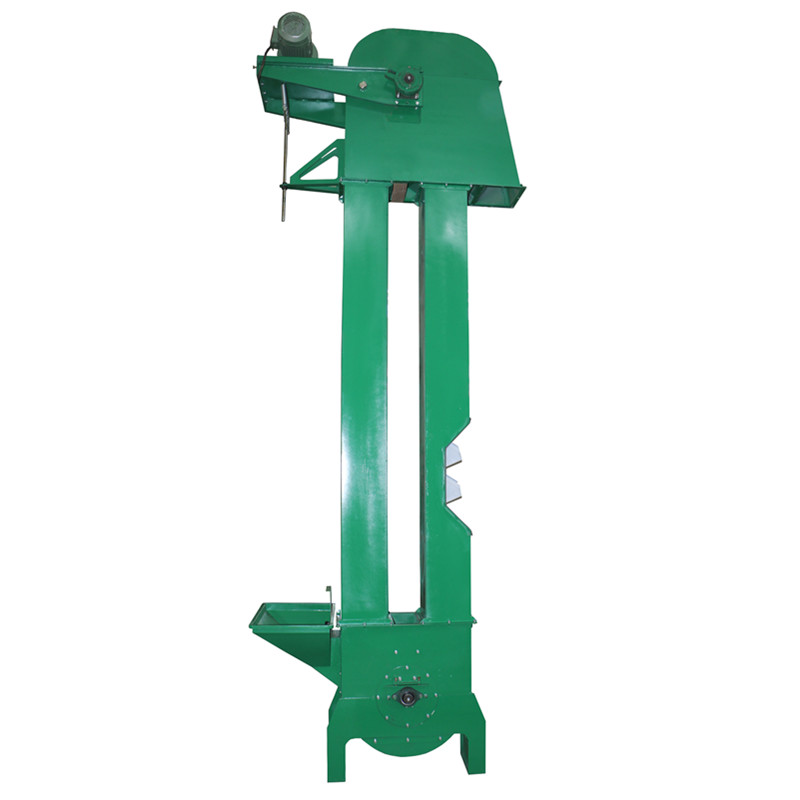There are many diseases caused by rotten stalks of eggplant, such as bacterial soft rot, black rot, stalk rot, sclerotia, and M. blight. There are mainly two kinds of diseases caused by bad rot stalks in the current greenhouse: I. Bacterial soft rot The disease is mostly from the wounds caused by picking leaves, etc., and it is pale brown and soft rot when it is initially infiltrated. It seriously causes browning and decay of the stem's epidermis and pith, dehydration and shrinkage, but the symptoms of the upper stem and leaves are not obvious. The vascular bundle is not damaged; the disease continues to develop and the upper leaves of the diseased stem are wilting and dead. The disease department has a more obvious odor. Diseases are more serious in the front of the greenhouse and the dripping of the shed film. Bacteria can hardly transmit harm without water droplets and plants without wounds. Therefore, the prevention and control of bacterial diseases should begin with reducing the humidity in the shed. Covering the film, using drip irrigation, and reasonable watering, can effectively control the humidity in the greenhouse. After drafting in the morning, it can be ventilated for a short period of time to remove the high-humidity air inside the greenhouse and reduce the condensation in the greenhouse. The structure of the greenhouse can be improved. The use of high-quality, non-drip films, etc., can reduce the dripping of the shed film and significantly reduce the occurrence of disease in the shed. After the occurrence of the disease, the diseased area can be smeared with 72% of agricultural streptomycin 1500 times, 50% of copper carboxylate (DT) 200 times or 47% of Garnett 200 times, combined with 72% of agricultural streptomycin 4000 Doubling liquid 47% Garnett 600 times spray, once every 7 to 10 days, 2 or 3 times in a row. Second, black blight The rotten culm caused by the disease mainly occurs at the base of the stem, the diseased part is shrunken and sunken, and the dark brown moldy hair is born, and the interior of the stem becomes brown. There is a crack in the base of the stem and the disease is serious. At the beginning of the onset of the disease, dark brown dots are formed, which are irregular. The veins, veins, and veins can all be involved. The central color of the lesions is slightly shallow. Severe leaves cause dead leaves. To prevent and treat this disease, we must first disinfect the seeds. Can be used when the 2.5% Shilok 10 ml, add water 150 ~ 200 ml, mix after dressing 5 to 10 kg. After the occurrence of the disease, 75% chlorothalonil WP can be used 600 times, or 50% carbendazim wettable powder 600 times plus 50% diclofenac copper (DT) 500 times spray control. When spraying, pay attention to even spraying, pay special attention to the stem base and Other places where heavier parts must be sprayed.
The New Bucket Elevator is a new type developed model compare with Dty Bucket Elevator.
Its design similar with Japanese Satake Type, with lot of advantages. it is widely used for continuous vertical lifting for granular materials, such as wheat, maize, sesame, kidney beans, chia seed, quinoa seed etc. It extensively applies for the lifting of bulk stocks in feeding stuff plant, flour mill, and grain depot of different scale.
New Bucket Elevator New Bucket Elevator,Low Damage Bucket Elevator,Grain Elevator,Vertical Bucket Elevator SHIJIAZHUANG SYNMEC INTERNATIONAL TRADING LIMITED , https://www.seedgraincleaner.com
New Bucket Elevator
Introduction of New Bucket Elevator:
Advantages of New Bucket Elevator:
1. High-efficiency
2.Very Low breakage
3.Mobility and Flexibility
4.10 tons/h available
5.High quality Motor with long using life
6. Automatic adjusting equipment for belt tightness/loose.
7.Nesting Board designed to Prevent dust leakage outside
